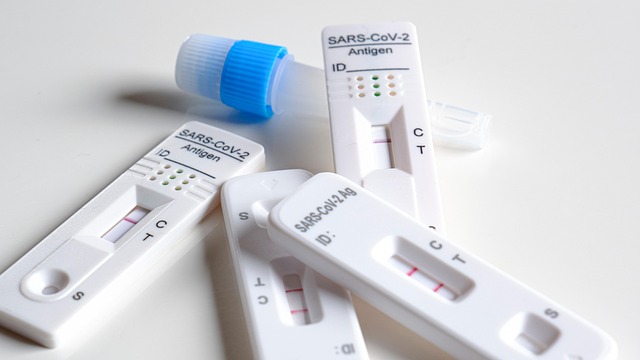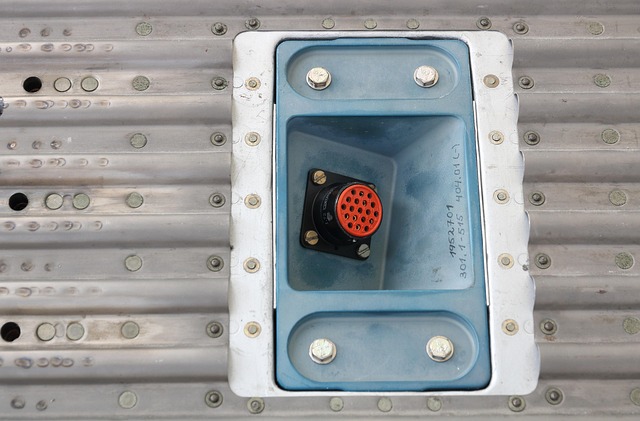Older homes in San Antonio built before 1980 may contain hazardous asbestos in insulation, flooring, and roofing materials. Proper asbestos testing for older homes in San Antonio by certified professionals is crucial to identify risks, ensure compliance with local regulations, and protect homeowners and workers from health issues associated with exposure. Strict laws mandate thorough inspections, sampling, lab analysis, and meticulous documentation to maintain a safe living environment while adhering to legal standards.
Asbestos, once a common building material, poses significant health risks. For homeowners in San Antonio with older properties, understanding asbestos dangers and adhering to legal testing requirements is essential. This comprehensive guide delves into the intricacies of asbestos testing for older homes, exploring legal obligations, documentation best practices, and crucial steps to ensure safe and compliant handling. By following these guidelines, San Antonio residents can navigate asbestos testing with confidence, prioritizing both public health and legal compliance.
- Understanding Asbestos Risks in Older Homes
- Legal Requirements for Asbestos Testing in San Antonio
- Documenting and Supporting Your Asbestos Testing Results
Understanding Asbestos Risks in Older Homes

Asbestos is a hazardous material that was commonly used in construction materials up until the 1980s. Older homes in San Antonio, built before this period, may therefore contain asbestos in various forms, such as insulation, flooring, and roofing. Understanding these risks is crucial for ensuring safe living environments, especially during renovations or when selling a property.
Proper asbestos testing by certified professionals is essential to identify any hazardous materials and ensure compliance with local regulations. This process involves taking samples from suspected areas and analyzing them in a lab to confirm the presence and type of asbestos. Such documentation supports legal requirements for safe handling, disposal, and remediation, protecting both homeowners and workers from potential health risks associated with asbestos exposure.
Legal Requirements for Asbestos Testing in San Antonio

In San Antonio, as across Texas, there are stringent legal requirements for asbestos testing, especially in older homes built before 1980, when asbestos use was more prevalent. These regulations aim to protect the health and safety of both current residents and future buyers. Homeowners or those planning renovations should be aware that federal and local laws mandate specific procedures for sampling, analysis, and documentation of any potential asbestos-containing materials (ACM). The Asbestos Hazard Emergency Response Act (AHERA) requires certified professionals to conduct inspections and testing in schools and public buildings, but it also extends to private residences, particularly those constructed before significant restrictions were put in place.
For asbestos testing for older homes in San Antonio, a comprehensive approach is necessary. This includes thorough inspection, careful sampling of suspected materials, and laboratory analysis by accredited facilities. The documentation generated from these tests, including reports and records, must adhere to legal standards and be readily accessible. This ensures that any potential asbestos-related hazards are identified and addressed appropriately, in compliance with the law, thereby avoiding legal repercussions and ensuring a safe living environment.
Documenting and Supporting Your Asbestos Testing Results

When conducting asbestos testing in older homes in San Antonio, it’s crucial to maintain thorough documentation and support your results. This includes recording detailed information about the testing process itself—the type of samples taken (e.g., air, dust, or insulation), where they were collected, and when. Each step should be logged meticulously to ensure transparency and accountability.
Additionally, keep all laboratory reports, certification credentials of testers, and any safety protocols followed during the assessment. This comprehensive documentation not only facilitates compliance with legal requirements but also serves as a robust support system for your findings. It enables you to prove the accuracy of your asbestos testing results in case of disputes or future audits, ensuring peace of mind for both homeowners and professionals involved in the process.
When it comes to asbestos testing in older homes, especially in San Antonio, proper documentation is key. Understanding both the risks and legal requirements ensures compliance and provides a safety net for all involved. By following the guidelines outlined in this article, including documenting your findings and maintaining thorough records, you can effectively navigate the process of asbestos testing for older homes in San Antonio, ensuring peace of mind and adherence to local regulations.
